|
|
|
|
|
|
Latest Updates >
Upcoming Events
|
|
Upcoming Events
|
|
August 15, 2017
|
|
Malaysian Arts to Remember
|
| |
| Malaysian Art to Remember |
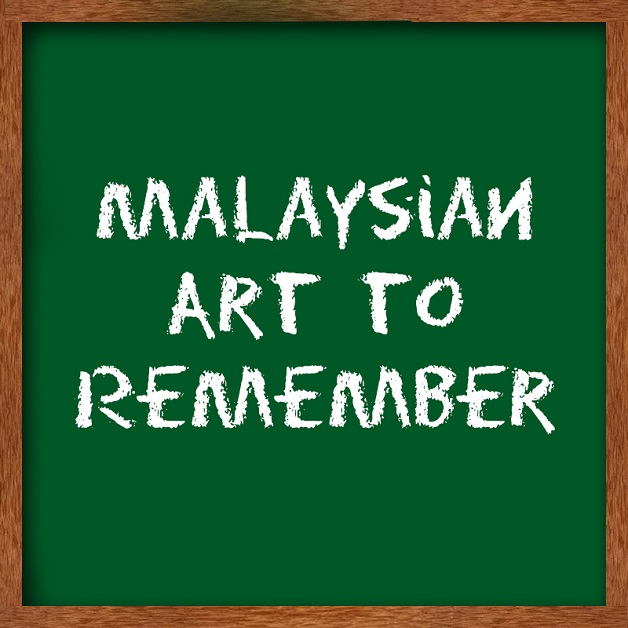
|
| Image: Title (Malaysia Art to Remember) |
|
Malaysia is a multi-ethnic, multi-cultural, multilingual and a multi-racial society- consisting of 52% Malays and other indigenous tribes,30% Chinese, 8% Indians living side by side forming a rich cultural heritage. The art and culture of Malaysia have been meeting and mixing since the very beginning of the country's history fifteen hundred years ago . The art and culture of Malaysia have also been influenced heavily by the cultures of Persian, Arab and European.
|
 |
| Image : Map of Europe, Arab and Persian empires. |
The Malaysians are a member of the Austronesian family of languages which comprises languages from Southeast Asia and the Pacific Ocean , with a smaller number in continental Asia. The Malay language, locally known as 'Bahasa Melayu', is the national language of Malaysia. A form of the Austronesian language, it's used by the Malay people who reside in the Malay Peninsula, central eastern Sumatra, southern Thailand, the Philippines, Singapore, the Riau islands, and parts of the coast of Borneo. It's also the official language of Brunei and Singapore. |
 |
| Image: Map of Austronesia language countries. |
the bulk of the Malays are Muslims comprising of 52% of the population. Christianity is also being practiced by some Chinese, Indians, Eurasians and many of the indigenous people of Sabah and Sarawak . There are 17% Buddhist , 12% Taoist, 8% Christian, 8% Hindu and 2% tribal people with Islam being the official religion of Malaysia. Usually the Chinese population in Malaysia mostly follows Buddhism, Taoist or Christianity. The Indians on the other hand are mainly Hindu Tamils from southern India..
|
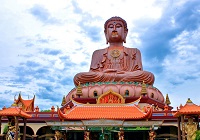  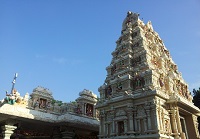 |
| Image: Buddhist Temple, Church, Hindu Temple |
Malaysian music is greatly influenced by Chinese and Islamic forms. Based largely on the endang, a drum, it also includes percussion instruments made of shells such as flutes, trumpets and gongs. A touch of neighboring Indonesian and Thai forms , as well as Portuguese and Filipino styles can also be detected. A strong tradition of dance and dance dramas of Thai, Indian and Portuguese origins can also be witnessed. The zapin music and dance derived from Arabia is quite popular in Malaysia, accompanied by gambus and drums.
|
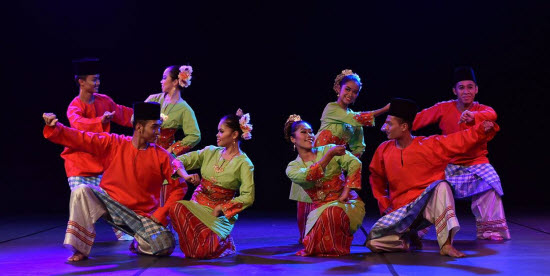 |
| Image: Zapin Dance |
Dondang Sayang , another dance style which is slow and intense, has been influenced by Chinese, Indian, Arabian and Portuguese traditional elements. Kertok, swift and rhythmic xylophone music, was played by the natives of the Malay Peninsula in small bands. Ghazals from Arabia are quite popular in the markets and malls of Kuala Lumpur and Johor and popular stars like Kamariah Noor are very famous. |
 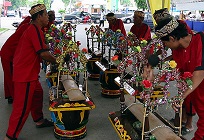 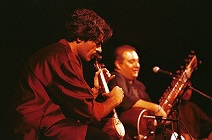
|
| Image: Dondang Sayang, Kertok, Ghazals |
Malaysia vibrating with life and energy celebrates its incredible diversity in a world of festivals and feasts. Some of the famous festivals of the Malaysian people are Thaipusam, celebrated by the Hindus and some Chinese to mark the victory of Lord Murugan over the demons symbolizing the triumph of good over evil. Then there is the Moon Cake Festival which falls on the 15 th day of the 8 th moon of the Chinese lunar calendar marking the overthrow of the rule of the Mongol in China. The festival of the Hungry Ghosts celebrated during the 7 th month of the Chinese lunar calendar is a famous month long carnival where the Chinese believe that the souls of the dead are released to roam around.
|
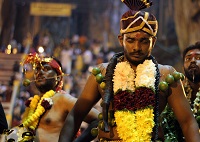 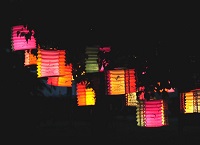 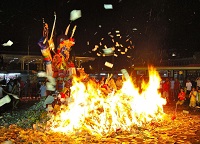
|
Image: Thaipusam festival, Mooncake festival & Hungry Ghost festival.
|
Malaysia has attempted to preserve its traditional art forms despite the influence of the outside world. Mak yong is a traditional form of Malay drama in which the performers sing, dance, and act out heroic tales about sultans and princesses. It's followed by an orchestra called a ' Gamelan' with every performances consisting mainly of metal percussion instruments including gongs, xylophones, and drums. Other artistic forms include Wayang kulit - a traditional theater art-form using puppets and shadow-play to tell the epic tales of the Ramayana. Bunga Malai or Garland Making is an integral part of the cultural heritage of Malaysian Indians for religious occasions like weddings, moving house, or welcoming an important guest. Silat - the stylized Malay Art of Self defense combines a sequence of supple movements, which enables a person to defend himself under provocation. The use of Blow Pipe or Sumpit , used by the tribal people with their magnificent hunting skills, is an integral part of martial art. Crafts such as batik, weaving and silver and brass work are also quite popular.
|
|

|
| Image: Mak Yong performance. |
Malaysia has the wonders of food, culture and festivities especially on the month of September. Where its a fascination of art and musical throughout, don't miss your chance in the month of September.
|
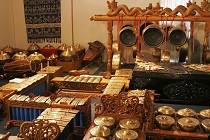 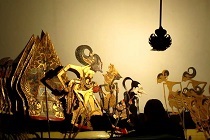 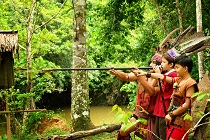
|
| Image: Gamelan, Wayang Kulit, Blow pipe of Sumpit |
|
| |
|
|
|